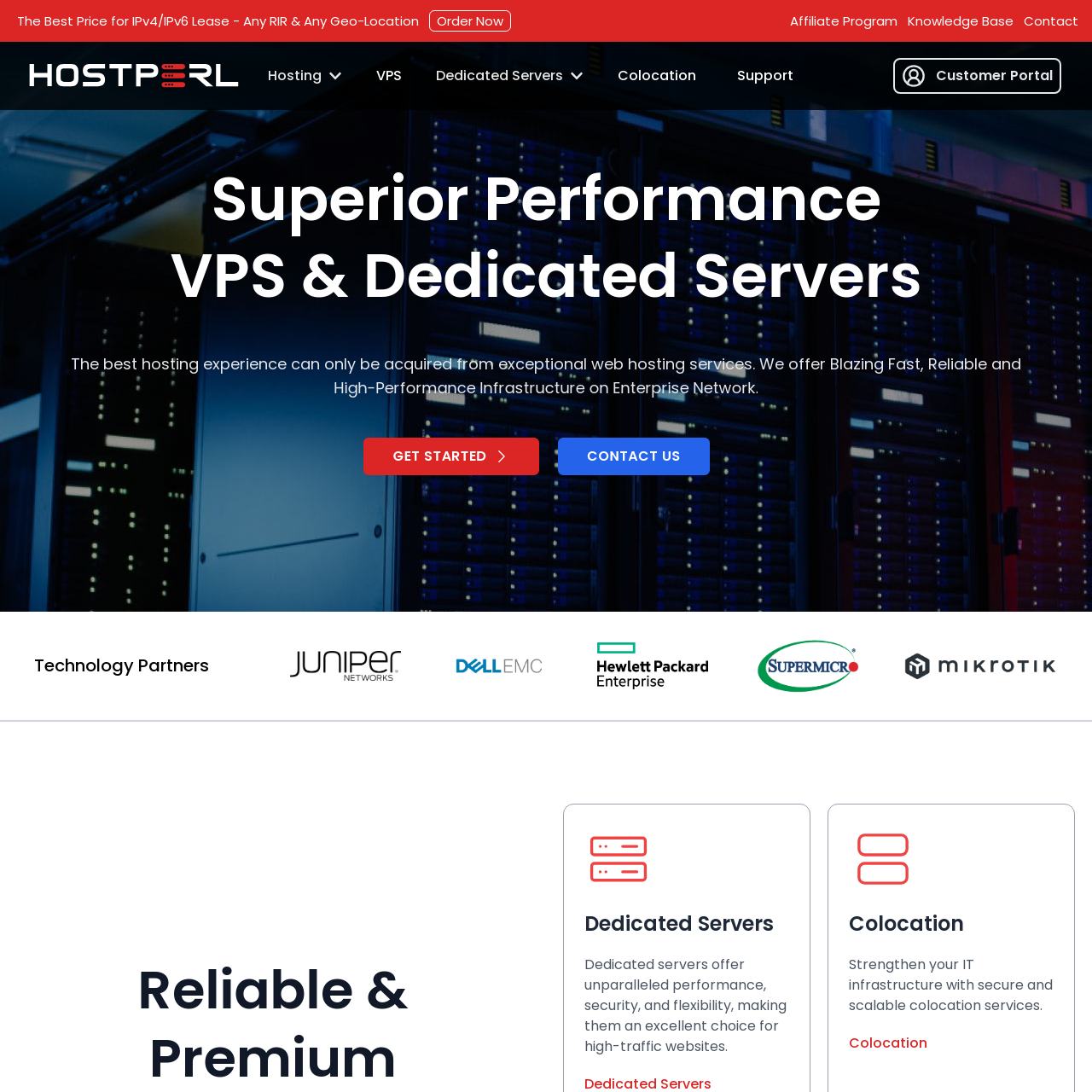03-17-2024, 01:05 PM
Computer hardware components would be the intricate pieces that collectively form the backbone of any computing system, which range from personal computers to servers and supercomputers. In the centre of each computer lies the central processing unit (CPU), often referred to as the mind of the system. The CPU executes instructions from software programs, performing calculations, data manipulation, and overall system control. With the evolution of technology, CPUs have grown to be increasingly powerful, featuring multiple cores and threads to handle complex tasks efficiently, from basic computations to demanding applications such as gaming and video 8M6MG .
Accompanying the CPU is the motherboard, a complicated circuit board that acts while the central hub for connecting various hardware components. The motherboard provides sockets for the CPU, slots for memory modules, ports for storage devices, and interfaces for peripheral devices such as keyboards, mice, and monitors. It serves since the communication highway, facilitating data transfer and interaction between different components, ensuring seamless operation and compatibility within the system. Modern motherboards come designed with advanced features, including high-speed data transfer interfaces like USB 3.0 and PCIe, in addition to support for overclocking and system monitoring.
Memory modules, commonly called RAM (Random Access Memory), play a crucial role in providing temporary storage for data and instructions that the CPU needs to gain access to quickly. RAM allows the system to perform multiple programs simultaneously, ensuring smooth multitasking and responsiveness. The capacity and speed of RAM significantly impact system performance, with higher capacities and faster speeds enabling quicker data retrieval and application loading times. Advancements in memory technology have generated the introduction of DDR4 and DDR5 RAM modules, offering increased bandwidth and efficiency for demanding computing tasks.
Storage devices are necessary for storing data permanently or semi-permanently within a computer system. Traditional hard disk drives (HDDs) utilize spinning magnetic disks to store data, offering high capacities at relatively low costs. On one other hand, solid-state drives (SSDs) use flash memory chips for storage, providing faster read and write speeds, lower latency, and greater durability. SSDs have become increasingly popular for operating system installations, applications, and frequently accessed data because of their superior performance and reliability compared to HDDs.
Graphics processing units (GPUs) are specialized hardware components designed to handle graphical computations efficiently. GPUs are necessary for tasks such as for example gaming, video editing, 3D rendering, and scientific simulations, where complex graphics processing is required. Modern GPUs feature a large number of cores optimized for parallel processing, permitting them to perform calculations rapidly and render high-resolution graphics with stunning visual fidelity. With advancements in GPU architecture and technologies such as for instance ray tracing and AI-driven rendering, GPUs continue steadily to push the boundaries of visual computing and deliver immersive experiences to users.
Power supply units (PSUs) convert electrical energy from the mains supply into usable voltages to power the various components of a computer. PSUs come in various form factors and wattage ratings to accommodate different system configurations and power requirements. Efficiency ratings such as 80 PLUS certification indicate the PSU's efficiency in converting AC power to DC power, with higher ratings corresponding to reduce energy wastage and reduced operating costs. Modular PSUs offer flexibility by allowing users to get in touch only the necessary cables, minimizing clutter and improving airflow within the computer case for enhanced cooling performance.
Cooling systems are crucial for maintaining optimal operating temperatures for computer components, preventing overheating and potential damage. Air cooling solutions, such as for instance heat sinks and fans, dissipate heat generated by the CPU and other components, ensuring stable performance under heavy workloads. Liquid cooling systems use coolant circulated via a closed loop to efficiently transfer heat from critical components, offering superior cooling performance and quieter operation. Advanced cooling solutions such as for instance custom water loops and phase-change cooling enable enthusiasts to reach even lower temperatures and higher overclocking potential, pushing the limits of performance for gaming and professional applications.
Peripheral devices such as for example keyboards, mice, monitors, and printers complement the core hardware components of a pc system, enabling users to talk with and make use of the system effectively. These external devices hook up to the computer either directly or wirelessly, expanding its functionality and usability for various tasks and applications. Peripheral devices come in a wide selection of configurations and designs tailored to different user preferences and usage scenarios, from ergonomic keyboards and high-precision gaming mice to professional-grade monitors with color accuracy and wide viewing angles. The choice of peripherals depends on factors such as for instance user requirements, comfort, and intended usage, with solutions to suit every need and budget."
Accompanying the CPU is the motherboard, a complicated circuit board that acts while the central hub for connecting various hardware components. The motherboard provides sockets for the CPU, slots for memory modules, ports for storage devices, and interfaces for peripheral devices such as keyboards, mice, and monitors. It serves since the communication highway, facilitating data transfer and interaction between different components, ensuring seamless operation and compatibility within the system. Modern motherboards come designed with advanced features, including high-speed data transfer interfaces like USB 3.0 and PCIe, in addition to support for overclocking and system monitoring.
Memory modules, commonly called RAM (Random Access Memory), play a crucial role in providing temporary storage for data and instructions that the CPU needs to gain access to quickly. RAM allows the system to perform multiple programs simultaneously, ensuring smooth multitasking and responsiveness. The capacity and speed of RAM significantly impact system performance, with higher capacities and faster speeds enabling quicker data retrieval and application loading times. Advancements in memory technology have generated the introduction of DDR4 and DDR5 RAM modules, offering increased bandwidth and efficiency for demanding computing tasks.
Storage devices are necessary for storing data permanently or semi-permanently within a computer system. Traditional hard disk drives (HDDs) utilize spinning magnetic disks to store data, offering high capacities at relatively low costs. On one other hand, solid-state drives (SSDs) use flash memory chips for storage, providing faster read and write speeds, lower latency, and greater durability. SSDs have become increasingly popular for operating system installations, applications, and frequently accessed data because of their superior performance and reliability compared to HDDs.
Graphics processing units (GPUs) are specialized hardware components designed to handle graphical computations efficiently. GPUs are necessary for tasks such as for example gaming, video editing, 3D rendering, and scientific simulations, where complex graphics processing is required. Modern GPUs feature a large number of cores optimized for parallel processing, permitting them to perform calculations rapidly and render high-resolution graphics with stunning visual fidelity. With advancements in GPU architecture and technologies such as for instance ray tracing and AI-driven rendering, GPUs continue steadily to push the boundaries of visual computing and deliver immersive experiences to users.
Power supply units (PSUs) convert electrical energy from the mains supply into usable voltages to power the various components of a computer. PSUs come in various form factors and wattage ratings to accommodate different system configurations and power requirements. Efficiency ratings such as 80 PLUS certification indicate the PSU's efficiency in converting AC power to DC power, with higher ratings corresponding to reduce energy wastage and reduced operating costs. Modular PSUs offer flexibility by allowing users to get in touch only the necessary cables, minimizing clutter and improving airflow within the computer case for enhanced cooling performance.
Cooling systems are crucial for maintaining optimal operating temperatures for computer components, preventing overheating and potential damage. Air cooling solutions, such as for instance heat sinks and fans, dissipate heat generated by the CPU and other components, ensuring stable performance under heavy workloads. Liquid cooling systems use coolant circulated via a closed loop to efficiently transfer heat from critical components, offering superior cooling performance and quieter operation. Advanced cooling solutions such as for instance custom water loops and phase-change cooling enable enthusiasts to reach even lower temperatures and higher overclocking potential, pushing the limits of performance for gaming and professional applications.
Peripheral devices such as for example keyboards, mice, monitors, and printers complement the core hardware components of a pc system, enabling users to talk with and make use of the system effectively. These external devices hook up to the computer either directly or wirelessly, expanding its functionality and usability for various tasks and applications. Peripheral devices come in a wide selection of configurations and designs tailored to different user preferences and usage scenarios, from ergonomic keyboards and high-precision gaming mice to professional-grade monitors with color accuracy and wide viewing angles. The choice of peripherals depends on factors such as for instance user requirements, comfort, and intended usage, with solutions to suit every need and budget."








